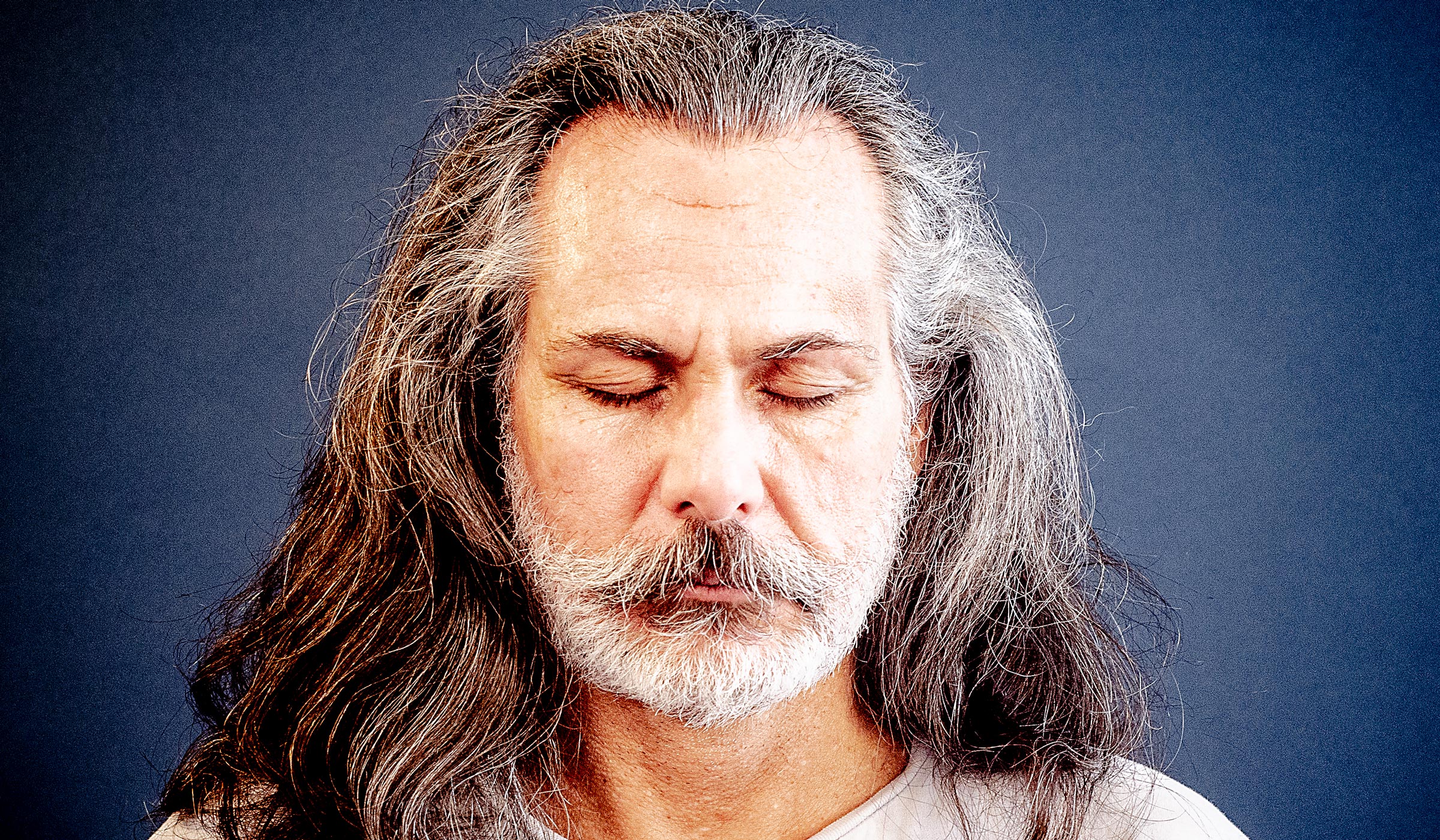A lot of people want to strengthen their concentration. Many meditators say their practice gives them just that. But is it scientifically proven that you can improve your concentration with meditation? It turns out that more and more scientific studies confirm that meditation can help you to increase your capacity to concentrate. In this post, I account for the results of recent scientific studies showing that it is possible to improve one’s focus thanks to meditation.
Types of attention
If you want to improve your concentration with meditation, it helps first to understand that there are several distinct types of attention and you don’t train them in the same way.
Selective attention
To concentrate on one object and ignore others.
Vigilance
To maintain a constant level of attention over time.
Cognitive control
To keep a task in mind while avoiding distractions.
Meta awareness
To be conscious of the fact that you are experiencing.
Types of meditation
Now let’s go on by making the distinction between two distinct abilities employed during meditation and to see how these relate to the attention types listed above.
The first is the ability to focus one’s attention on a single object. In yoga, we call this “dharana”. You can elegantly translate this word to “one-pointedness”.
The second ability is called mindfulness or open attention as I prefer to call it, where your focus is not centred. Instead you remain alert to any experience while adopting a serene attitude towards the coming and going of emotions and thoughts. The idea is to observe them without judgement or reactivity.
These two complementary skills are actually to different degrees used in all forms of meditation. Sometimes one dominates, sometimes the other. What is intriguing is that by training both of these capabilities, you improve your concentration but in different ways.
Selective attention
Numerous studies have shown that selective attention can be improved by meditation. For example, a study by Catherine E. Kerr published in Brain Research Bulletin. She studied participants in an eight-week standardised mindfulness programme, the MBSR or Mindfulness-Based Stress Reduction.
Kerr’s MBSR study
This programme consists of a weekly teacher-led session lasting two and a half hours plus one hour of daily self-practice. Practices include breath awareness, scanning the body for physical sensations, awareness of emotions and thoughts that spontaneously arises in the mind as well as easy yoga poses. The programme wraps up with a whole day of intense practice. The MBSR methods are simplified versions taken from classical Asian traditions and made accessible for beginners.
At present, scientists frequently study MBSR for several reasons: it is standardised, it is intended for beginners and stripped of anything mysterious. This programme is employed in hospitals, universities and corporations which makes it practical for researchers.
Kerr studied the participants’ capacity to concentrate on tapping on the hands and feet. She observed a definite improvement during the eight weeks.
Lutz’s Vipassana Study
Another study that meticulously respected the best scientific standards examined the results of a three-month Vipassana meditation retreat. The researcher Antoine Lutz led this study, that he published in the Journal of Neuroscience in 2009.
During this retreat, the participants meditated five hours per day. In addition to the formal practice, the teachers encouraged the participants to stay present in all everyday activities.
Before the retreat and at the end, the participants took a test. The scientists asked them to listen to tones and identify those of specific frequencies. Before the retreat, the results were identical to what would be expected in the general public. In the end, the combined score had improved by 20%.
I believe that the best way to improve selective attention is to practice techniques aiming at focusing one’s attention on one object, which is the practice of dharana. Tratak, a concentration technique in my tradition, is particularly useful.

Vigilance
Vigilance is the capacity to maintain one’s attention constant over time. This ability depends on several factors and you can improve your concentration with meditation by training it systematically.
The first scientific study to establish a connection between meditation and concentration was carried out in Japan in the sixties. This seminal study examined monks in a Zen dojo.
Habituation filter our experiences
Two Japanese scientists, Kasamatsu and Hirai, recorded the brainwaves of the monks while they were meditating. During the meditation, they made them hear a series of monotonous sounds.
They saw nothing notable in most of the meditators. But the three most experienced ones revealed a critical trait: their brains reacted as much to the twentieth sound as to the first one.
Usually, the brain will gradually stop noticing a repetitive sound. This phenomenon is called habituation. Habituation helps us to save energy since we don’t have to process unimportant information. As a side effect, though, it can make us a bit dull. In some professions that require a high level of vigilance, habituation is a real problem. For example, this is the case for radar operators or safety supervisors in nuclear plants.
Since this first eye-opening study, others have confirmed that meditation reduces habituation. For example, a survey carried out on a three-month Vipassana retreat by Clifford Saron and Allan Wallace. The participants improved vigilance mainly during the first month. A check five months after the retreat showed that this improvement had still lasted.
Emotional reactions hinder vigilance
Emotional reactions influence us, sometimes more than we would like. Physically it is the amygdala gland that is responsible for this. When a strong emotional reaction happens, the amygdala takes control of the executive nervous functions, which often brings about an exaggerated response. It is only later that we usually realise that how we reacted was inappropriate and excessive in relation to the triggering event.
An intense emotional trigger can paralyse us and steal all our attention. But scientific studies have shown that regular meditation calms down the amygdala and helps us to maintain focus and control even in situations charged with emotional energy.
The attentional blink temporarily suppresses attention
There is an aspect of concentration that is called the attentional blink. In one experiment with a group of people, scientists had them watch a series of letters on a screen. Every letter was only visible for 50 milliseconds and at a rhythm of ten displays per second.
The scientists explained to the participants that two numbers were going to appear randomly in each series. After each set of 15 letters, they asked the participants if they had seen the numbers. Most of them had seen only the first.
The satisfaction from having perceived the first number tends to stop us from seeing the second when it is too close. That is the attentional blink.
The scientists who study this phenomenon thought until recently that it was inévitable. But now they know that meditation reduces it by cultivating a steady focus and non-reactivity. Scientist Richard J. Davidsson measured the attentional blink in participants in the Vipassana retreat mentioned in the section on selective attention. In the same way that the participants improved selective attention, they also reduced the attentional blink by 20%. This improvement is due to the diminution in reactions related to the satisfaction to have seen the first number.
This perception problem gets worse with age. However, other studies have shown that those who regularly practice open awareness meditation neutralise this process of aggravation. They can even get better test scores than younger populations.
Dutch researchers led by Lorenzo S. Colzato tried to define the number of hours necessary to observe beneficial effects on the attentional blink. It turned out that 17 minutes of open awareness meditation was enough. However, concentration-based practices showed no measurable improvement.
Cognitive control
Cognitive control is the capacity to keep a task or goal in your mind without letting yourself be distracted. To do this, you must refrain from following distracting thoughts that your mind can otherwise easily be tempted to go along with. Every time your attention deviates from the task, it takes some time to get back.
We can only do one thing at a time
In the internet age, with media and social networks, we all run the risk to have our resilience towards distractions weakened. But a lot of people take pride in their capacity to multitask. They think they are efficient. Nevertheless, we now know that people who are juggling with several tasks at the same time more easily let their minds wander and deviate from a fixed goal. This is because they have taken the habit of following temptations.
The cognitive tasks do not flow in parallel. We need to pass from one to another. Every time we change the power of concentration diminishes. To reach maximum potential it can take several minutes.

You can improve a weak cognitive control
This bad habit has an impact on everyday life. The incapacity to filter out what lacks importance gives rise to confusion. When a person who is inclined to multitask tries to focus on a single task, his or her brain will use more resources than necessary, a physical marker of distraction.
Numerous studies show that meditation helps to improve cognitive control. In my opinion certain types of meditation stand out as being particularly promising to train this aspect of attention. I am thinking about techniques where you keep a complex visualisation or specific thoughts in mind. In my tradition, for example, we use such methods in the classical version of the Antar Mauna meditation.
Working memory
Working memory is essential to concentration. To concentrate on a complex task or to acquire new knowledge, you need to be able to save information to use later. Studies have shown that mindfulness style meditations improve this type of memory. One such study published in Psychological Science in 2013 was carried out by Michael D. Mrazek.
The subjects in Marzek study were university students. Their attention and memory got such a boost that they improved their score on an admission test for higher education by 30%. The effect on working memory is another reason why you can improve your concentration with meditation.
Meta awareness
Meta awareness is the capacity to stay centred in oneself while adopting the position of a witness. To take the role of an observer means to remain aware of the fact that we are experiencing, whatever the forms the experiences that pass through the mind may take. We observe the thoughts and emotions without identifying with them.
Meta awareness allows us to note where our attention goes without being carried away. It gives us a choice: follow the new thought path or go back to our objective. This fundamental capacity is essential to function in any situation.
Researchers have measured this capacity as well. It is no surprise that meditation once again has a beneficial influence.
In practice, how can you improve your concentration with meditation?
All studies I have mentioned in this article agree: meditation helps to develop concentration. But to reap this benefit, you have to start meditating and stick to it in the long run.
Science shows that the more you practice, the better the results get. The fastest improvements were achieved during periods of intense practice such as retreats where the conditions are particularly favourable. Regular exercise over time makes the gains last.
Research highlights that different kinds of meditation practices benefit different aspects of concentration. For the best result, it is, therefore important to practice complementary techniques.
During the learning period, it is essential to be accompanied by a qualified teacher or follow a suitable method. There are many options out there. I recommend working seriously sticking to one method rather than jumping around.
If you are looking for a thorough all-around approach to yoga, meditation and concentration, you will love my website Forceful Tranquility. The traditional method I use unites a host of techniques that will help you to improve the strength of your focus.
You improve your concentration with meditation, but you also need to work on it in everyday life
Improving your concentration is a long term work. Meditation should be one of the critical components. But you also need to adopt favourable habits.
Avoid activities that hamper concentration, like doing several things at the same time. Also, think about getting enough sleep, eating healthy food and exercising regularly. Taking breaks regularly during intellectual work also helps. This article on WikHow can give you more inspiration on how to forge a concentration of steel.
Learn more
In order to write this article, I have studied the excellent book Altered Traits by Daniel Goleman and Richard J. Davidson. This book summarises the state of research on meditation as of 2017. I highly recommend it if you want to learn more about how to improve your concentration with meditation.




